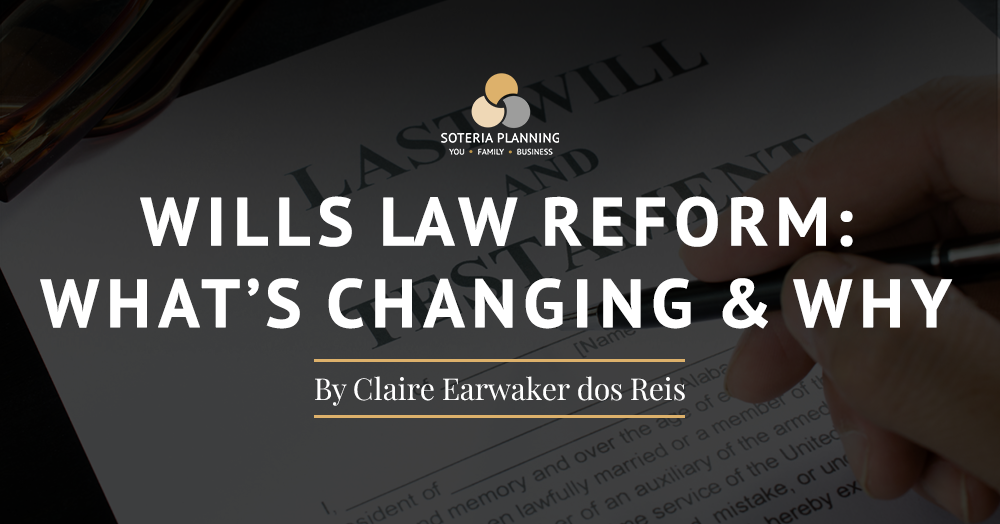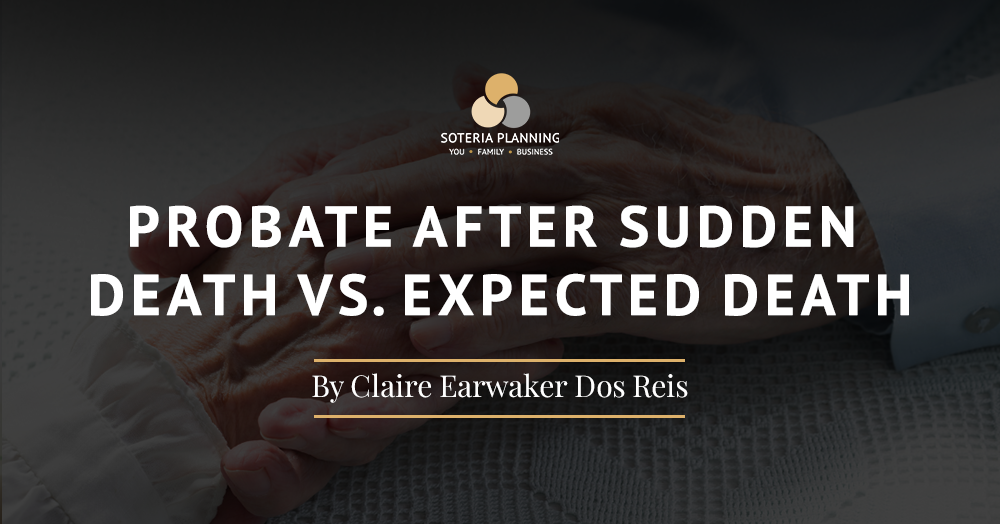Mr. Anderson, a 70-year-old retired businessman, approached our law firm seeking assistance in crafting a comprehensive estate plan that not only distributed his assets but also detailed his specific wishes regarding his funeral and the disposition of his remains. Mr. Anderson was adamant about his desire for cremation and had specific preferences for the funeral service, flowers, and arrangements for the wake and scattering of ashes.
Mr. Anderson's wanted to ensure his wishes were respected and carried out according to his preferences and to avoid any risk of arguments among the family.
Mr. Anderson's will explicitly stated his desire for cremation. Understanding the need for flexibility and detailed instructions, we advised Mr. Anderson to create a separate, non-legally binding letter of wishes to provided a general outline of his preferences for the funeral service, flowers, wake arrangements, and the scattering of ashes. This document delved into the finer details of his preferences, allowing him to express his wishes in a more personalised and nuanced manner. The letter was designed to be easily amendable, providing Mr. Anderson with the ability to update it as needed without the formalities of re-executing the entire will.
We ensured that the executors of Mr. Anderson's will were aware of the existence of the letter of wishes and understood its purpose. While not legally binding, the letter served as a valuable guide for the executors, offering insights into Mr. Anderson's preferences and helping them make decisions that aligned with his wishes.
By utilising a separate letter of wishes, clients can provide detailed instructions that may not be suitable for the legally binding will, allowing for a more personalised and evolving approach to end-of-life planning. This approach ensures that a client's final wishes are not only legally protected but also deeply understood and respected by their chosen executors.






Share this with
Email
Facebook
Messenger
Twitter
Pinterest
LinkedIn
Copy this link